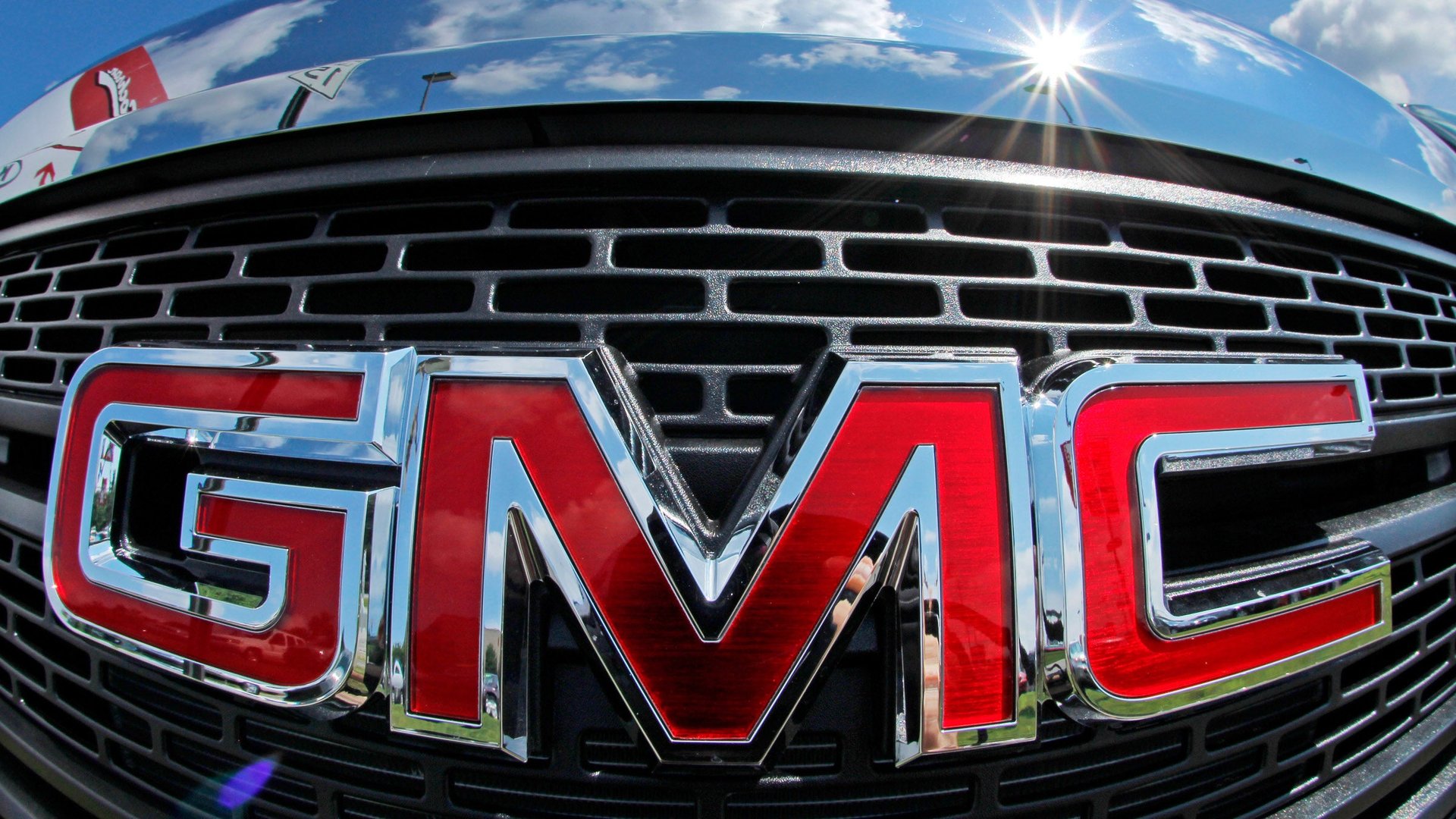Bailing out General Motors cost the US government $11 billion and it was worth every penny
Government Motors no more: The US Treasury has sold the last of its General Motors common stock, marking the end of the public rescue of the US auto-maker and an unprecedented experiment in US industrial policy.


Government Motors no more: The US Treasury has sold the last of its General Motors common stock, marking the end of the public rescue of the US auto-maker and an unprecedented experiment in US industrial policy.
All told, the government invested $51 billion in General Motors in 2008 and 2009, mostly to finance the company through its 2009 bankruptcy. The Treasury says that after converting some of those loans to stock it recouped $39 billion, along with $700 million in dividends, for a loss of about $11 billion. (The bailout of Chrysler ended up costing taxpayers $1.3 billion after outlays of $12.5 billion).
While the government notes that rescuing GM in the midst of the financial crisis led to the creation of 370,000 new auto jobs and the survival of the company, the total cost-benefit analysis should include the potentially disastrous ripple effects GM’s collapse would have had on its supply chain and US manufacturers in the depths of the recession. Just avoiding mass lay-offs could have saved the public more than $100 billion in social insurance payments to laid-off workers and lost tax revenue, according to one study—admittedly, a study sponsored by the auto industry.
That’s one reason that the $11 billion loss is something of a misleading indicator. Another is that the government could have waited longer for its shares in the company to appreciate, but chose to sell sooner rather than later to avoid the impression that it was picking winners. Canada’s government, which also funded the rescue to protect GM facilities there, is still holding on to its stock.
Moreover, while it may have lost money on GM, the government has made an overall profit on its bailout fund—to the tune of some $11 billion, as it happens—largely because the financial institutions it bailed out bounced back to health. And while GM’s turnaround under government control has been impressive—including a return its to slot as the world’s largest automaker in 2011—executives expect that the end of the government’s investment could be even better for business.
For one, the company can now pay dividends to common stockholders, and is no longer subject to restrictions on how it compensates its executives. There may even be sales benefits, if you believe boyycotts led by conservative activists had any effect: GM North America president Mark Reuss told the Detroit News he especially expects more truck sales now that the public no longer owns the company.
Correction (Dec. 10): An earlier version of this article incorrectly named the GM North America President; his name is Mark Ruess.